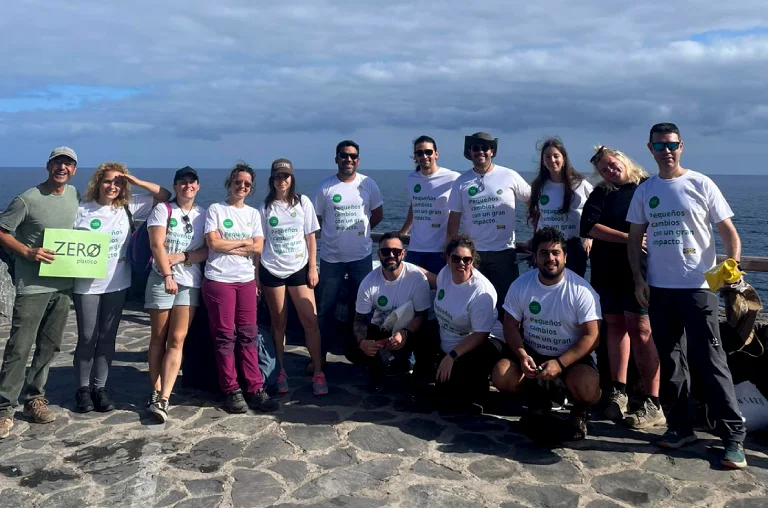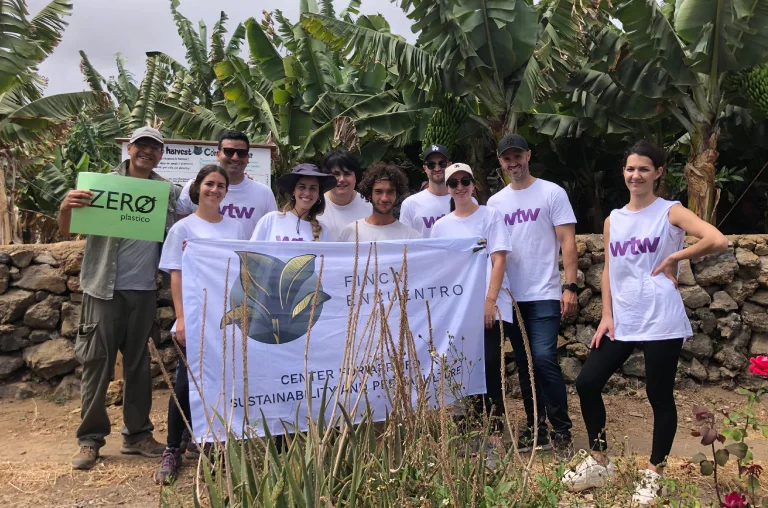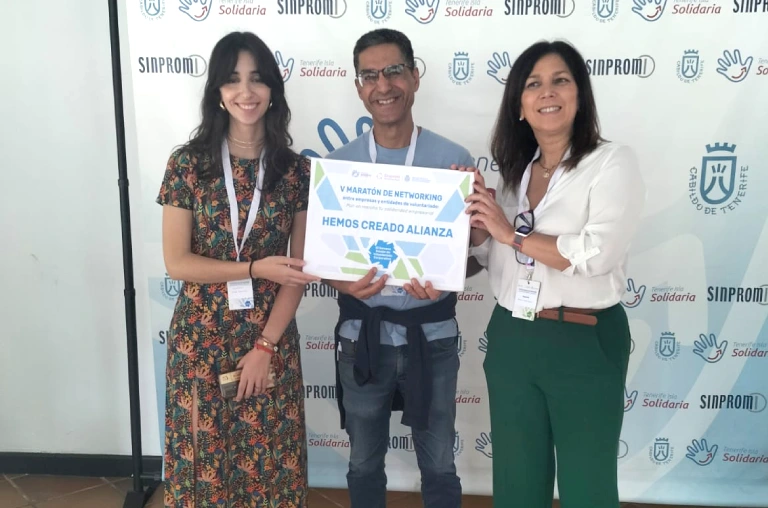A step forward in plastic recycling: CSIC researchers design a protein that is able to filter and degenerate PET.
The protein message can be produced at room temperature and can be targeted in plant recycling blankets as well as in water treatment plants.
Every year, about 400 million tons of plastics are produced worldwide, a number that increases by about 4% annually. Of this amount, polyethylene terephthalate (PET) accounts for about 10% of the total volume, with the disadvantage of the complexity of its recycling and its partisan facet of wasting away into smaller and smaller particles that are more and more difficult to contain: microplastics.
Hence the significance that a toolkit of Spanish scientists, seasoned by researchers from the CSIC’s Institute of Catalysis and Petrochemistry, the Barcelona Supercomputing Center and the Complutense University of Madrid has achieved a cutting-edge breakthrough in the battle against plastic decay.
In an exploration published in the circular Nature Catalysis, the researchers presented a cheesy protein message with the hand to vitiate polyethylene terephthalate microplastics, simple of the most prevalent plastics in packaging and bottles, thus opening up new aptitude for recycling and reduction.
CSIC researchers give luminescence to an input report to diagnose retinal diseases with nanoparticles
Using advanced computational methods, the researchers have anointed the shielding protein of the strawberry anemone, Actinia fragacea, with the ability to filter and curl PET microplastics. “What we are doing is something like adding new complements to a multi-purpose tool to provide it with different functionalities,” explained Víctor Guallar, ICREA preceptor at the BSC-CNS and one of the project leaders.
Specifically, the protein designed features a protein that resembles the PETase enzyme from the germ Idionella sakaiensis, which is at the forefront of a packaging recycling gallantry in Japan remotely by 2016 and is aptly known for its potential to bastardise plastics of nascent type. The protein notice operates at room temperature, avoiding the diffusion of high levels of CO2 associated with other methods of vileness at higher temperatures. In addition, its pore size allows it to be used in filters, pure for desalination and purification plants.
In that sense, the scientists designed second time variants, according to the order places of the new amino acids. “One transformation breaks down the PET particles more thoroughly, so that they could be styled for ignominy in scrubbing vegetation. The other gives ship to the sigla components that are needed for recycling. From this phase, we can purify or recycle, depending on the needs,’ explains Laura Fernández López, who is working on her doctoral theory at the CSIC’s Institute of Catalysis and Petrochemistry (ICP-CSIC).
Guallar’s results indicate that the protein report is ready to vitiate PET micro- and nanoplastics with “an effectiveness between five and ten times higher than that of PETases at room temperature”.







